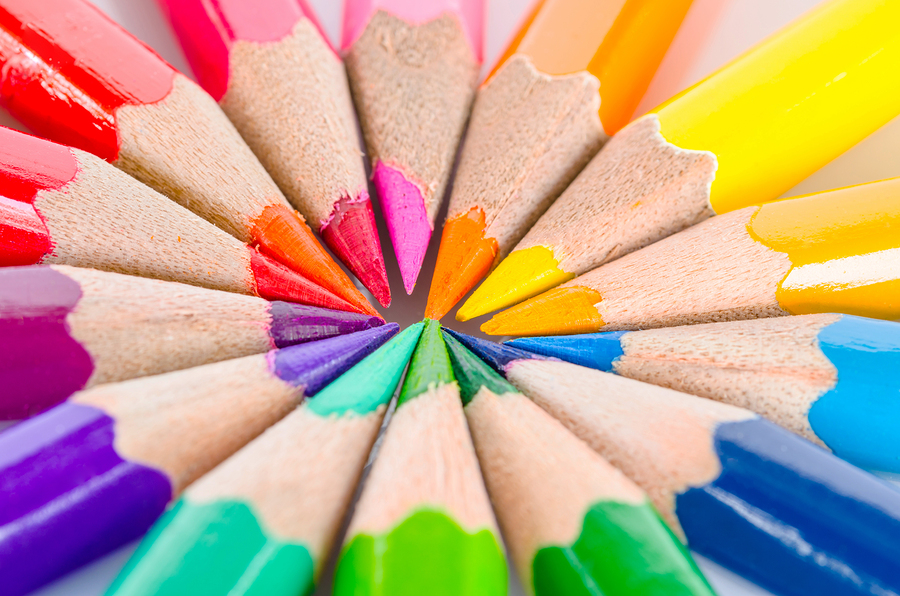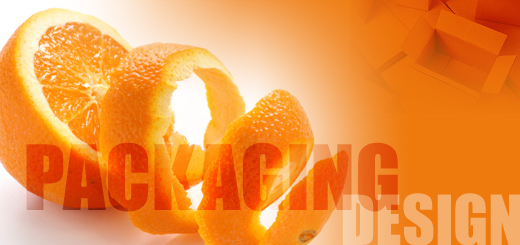Have you ever realized that you buy some products not only because of their characteristics or price? There is something else that had influenced your decision the first time you bought this product. Yes, it could be an advertisement. But very often product packaging may influence on our decision to buy a product.
Nowadays product packaging is not just “enclosing or protecting products for distribution, storage, sale, and use” (Wikipedia) but is a potential selling tool. It should be able to grab buyers’ attention immediately (since average buyer dedicates up to 4 seconds to any particular product on the shelf) and answer on 2 basic questions:
- What is this product for?
- What is the brand behind it?
Correctly designed, outstanding packaging can increase your sales. So let’s discuss some major tricks of designing a great package for your product.
Know Your Target Audience
First of all, you need to clearly understand who is the product’s target audience, what are their income, social status, preferences, etc. This will give you the first idea of which type of design is required. Yes, it may happen, that the design itself is very nice, but if it is not matching the preferences of your target audience, you lose.
Different Harry Potter’s book covers for adults and kids
Let the Product Inspire You
Then think about the main product’s characteristics. They may inspire you while designing the packaging. Based on the product’s characteristics you may choose specific packaging materials, colors and shapes that will efficiently highlight them.
Be Creative and Unique
It is also useful to check packaging of your competitors. If you claim that your product is different from others (otherwise what is the point of being on the market?) why shouldn’t your packaging be unique as well?
Moreover when designing the package you should keep in mind so-called “shelf impact”. Products in supermarkets are usually arranged in rows and columns. So from the viewing distance all we see are veritable patterns made of various products:
Your goal is to design such a packaging so that it attracts buyers’ attention and push them to take a closer look (and eventually decide to buy it).
Shelf impact is something you should test and explore in your designs. This can be done by imitating the placement of your design on an actual shelf and surrounding it by other products. To make it look closer to a real supermarket, use several rows and columns of each product. The more distinctive your packaging looks, the better it should sell.

Clarity and Simplicity
The packaging of your product shouldn’t confuse your potential customers. It should be very much clear what the product is all about. For example, if you sell some cleaning products, their packaging shouldn’t look like kids juices:
You should also be very honest with your consumers. Sure, we all want to show our product in the best possible way (for example, it has a lot of fresh vegetables inside it), but sometimes we end up with something misleading. This can disappoint buyers and as a result have a bad impact on your brand:
Choose such colors and fonts that not only suit your product but fulfill its goal. People are busy enough to spend hours on reading text written in small, hardly readable fonts on your package. Also apply suitable contrasts for background and text colors.
Practicality
Yes, there are a great amount of very nice looking packages. But when it comes to opening them, we are faced with a problem. For example, Swiss chocolatier Cailler once has created a very innovative packaging for their chocolates. However, consumers were confused with great looking though difficult-to-open boxes. As a result, many of them end up with wrongly opened boxes and chocolates spilled all around. So instead of increase in sales, Cailler has lost some customers:
To prevent such unwished results, even if packaging is self-explanatory, it is better to provide some short, clear guide for buyers. And if designed correctly, it will not look ugly, but be nicely incorporated into the overall design of the package.
Make It Branded
Don’t think that only big brands like Coca-Cola or Starbucks simply place their logo in the middle of the design and it serves the purpose. Even start-up brands can be used in the design in a great, remarkable way. Follow this Amazon product creation article for more helpful packaging tips.
Extensibility
Later on you will diversify your product line. For example, in addition to apple juice you will start producing cherry taste. However, while designing the first apple package this aspect could not be taken into consideration and cherry images won’t suit at all in your apple design. To ensure you maintain recognizable brand identity you should think about product and package design variations from the very beginning. This means you should create a visually systematic design that can be easily changed with changing product visual or other information. In that case, you will get a fine looking family of products in the end:
In Summary
As you may see, packaging is not an easy task. That’s why product packaging, as a graphic design discipline, has become an industry itself. Keep in mind that packaging is the last message consumers see and your last chance to convince them to buy the product. So better not to experiment with low-cost less experienced graphic designers who may produce so-so designs. Go for professionals who know what packaging design is all about, and come out with striking designs. Want us to advise some? 😉
Order a Custom Logo or Graphic Design to Enhance Your Brand
No matter what type of personal brand, business or organization you are running, having a great first impression means everything. One of the best ways to deliver a lasting impression is through the use of a high-quality logo and professional images and designs throughout all of your products and branding.
Our experience, capabilities, industry relations and quality make LogoDesignTeam.com your one-stop shop for complete packaging design solutions. Contact us today!






